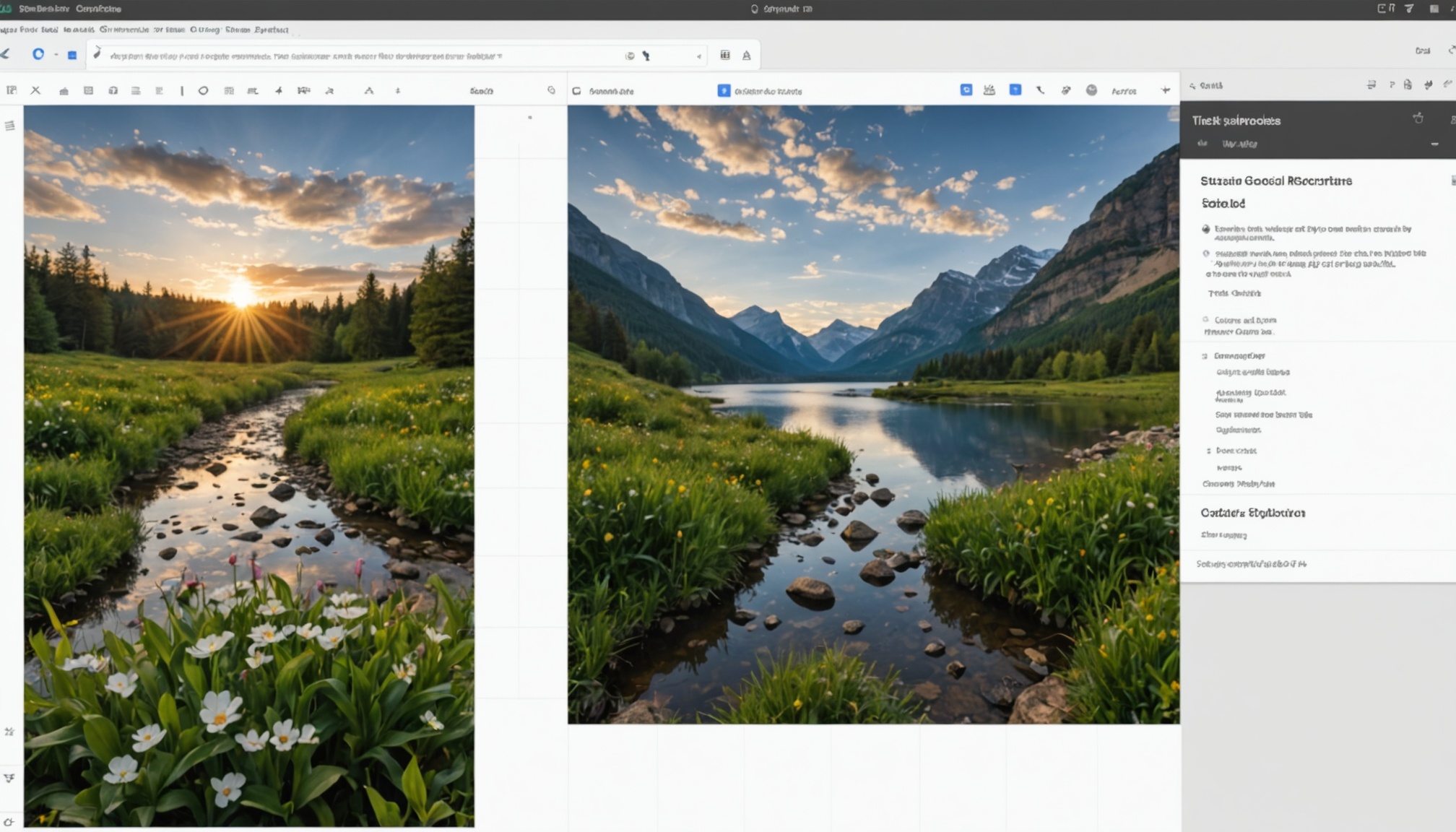Default visibility in Google Calendar determines how your events are seen by others and plays a vital role in managing privacy and accessibility. This setting allows you to control who can view your calendar details, ensuring sensitive information remains private. Understanding and adjusting these settings is essential for maintaining a balance between collaboration and confidentiality. Explore the implications of default visibility and how to tailor it to your needs effectively.
Understanding Default Visibility in Google Calendar
Default visibility in Google Calendar plays a crucial role in how you manage and share your schedule. It defines the standard privacy level applied to new events. With three core visibility settings—Public, Private, and Busy—choosing the right one can significantly impact event sharing and user privacy. For those looking to understand these settings further, you can find essential insights on this page: https://syncthemcalendars.com/blog/google-calendar-visibility.
Also to see : Unlock seamless data extraction with a web scraping api
-
Public Visibility: This allows anyone with access, even outside your organization, to view all event details. It’s useful for promoting events or sharing openly with a broad audience.
-
Private Visibility: Events marked private will hide their details from others, showing only that you’re “busy.” This is ideal for personal events or sensitive professional meetings where privacy is paramount.
Additional reading : Unlocking the secrets of netflix ui design for startups
-
Busy Visibility: Useful for indicating availability without disclosing details, it simply shows others when you’re occupied.
These settings not only protect privacy but also enhance collaboration by allowing tailored visibility for various audiences, ensuring everyone sees just what you intend them to. Understanding how to adjust these options in Google Calendar empowers users to align their schedules with both personal and professional needs seamlessly.
Managing Visibility Settings in Google Calendar
Steps to Adjust Calendar Visibility
Changing your Google Calendar’s visibility settings involves navigating through the intuitive interface. Begin by accessing Google Calendar and selecting the gear icon to open Settings. Within the settings menu, choose the calendar you wish to manage under the “My calendars” section. To ensure privacy or limit visibility, you can modify the Access Permissions. Options available include See only free/busy (hide details) to protect event specifics while showing availability.
Understanding Event Permissions
Google Calendar offers versatile event permissions. Whether managing events for personal or professional use, understanding these permissions can enhance or restrict access. Events can be marked as Public or Private, influencing who can view the details. Public events are visible to anyone with access, while private events limit visibility to only those granted explicit permission. Accurate understanding of these permissions protects sensitive information.
Tips for Setting Up Family or Team Calendars
Effective management of visibility settings aids families and teams. For family or group calendars, sharing settings should be thoughtfully adjusted to highlight shared events while keeping certain entries private. Using features like sharing only availability helps coordinate without revealing private details. This approach fosters both collaboration and privacy, creating a balanced and productive user experience.
Benefits and Best Practices for Calendar Visibility
Enhancing Productivity with Visibility Settings
Visibility settings in Google Calendar not only enhance productivity but also improve communication. By enabling others to see your availability, workflow becomes more streamlined. This transparency aids in scheduling meetings and coordinating tasks, which is particularly useful in team environments. For instance, setting your calendar to “See only free/busy” ensures people know when you’re available without disclosing sensitive details.
Strategies for Secure Calendar Sharing
When sharing your schedule with others, prioritizing privacy is crucial. Google Calendar’s settings allow you to tailor your event visibility to fit personal and professional needs. Options include keeping entire calendars private, sharing full details with select individuals, or showing availability only. This range of choices helps maintain control over what information is visible and to whom, protecting your calendar from unwanted access.
Common Misconceptions about Calendar Visibility Options
Many users believe Google Calendar offers limited privacy features, but these options are both robust and adaptable. Some think that sharing equals losing control over event visibility, yet they can customize who sees what. Using the available settings wisely ensures your calendar remains a flexible and powerful tool for collaboration without compromising privacy.











